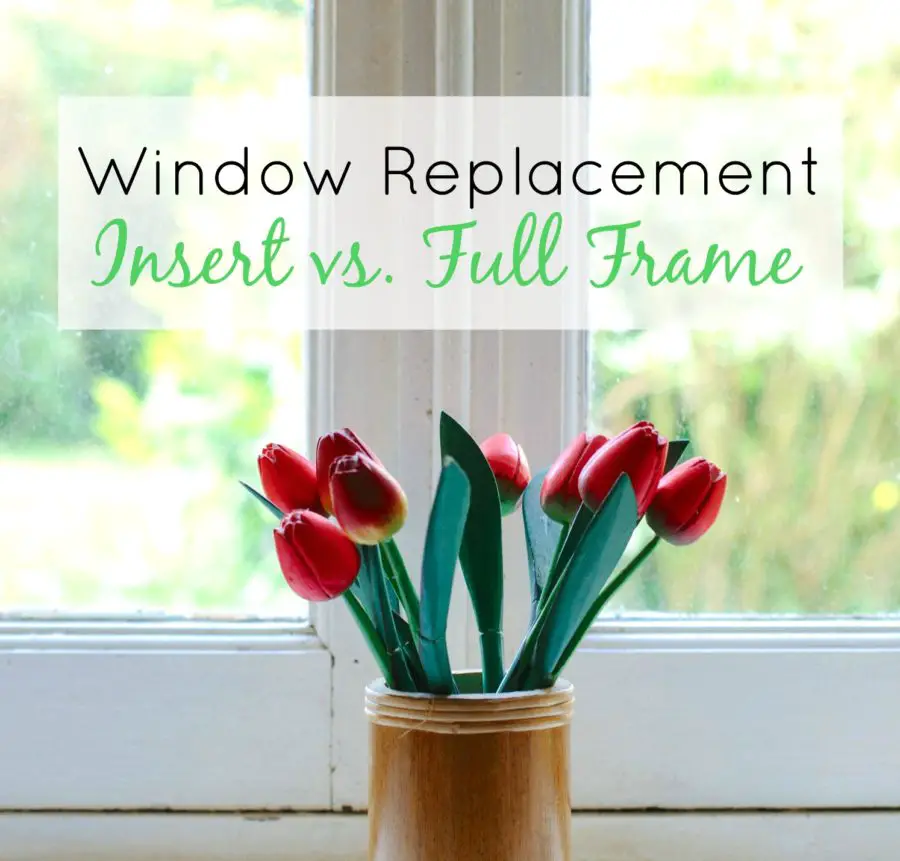Recently, I sat down with a good friend and old colleague, Chris O’Connor from Ricci Lumber. I asked Chris to help us understand window replacement because he is the guru. He is a Boston native and has been working in the window industry for 15 years – and Chris has been a licensed contractor in the State for over 20 years.
So, let’s dig in. Like so many building products these days, windows have become very complex. There are energy efficiency guidelines today’s windows need to meet, new materials on the market and a plethora of brands to choose from. It’s enough to make you feel like you need a PhD to make the right decision. And let’s face it, replacing all the windows in your house is an expensive proposition, so you want to choose wisely.
What You Need to Know:
There are two ways you can go about having your windows replaced: (1) use insert or replacement windows or (2) use new construction windows. So, what’s the difference?
Insert or Replacement Windows: insert or replacement windows are designed specifically for window replacements. They are built to fit into an existing window frame. They were designed by the window industry to allow for efficient replacement without touching the interior or exterior trim.
- Pros:
- Faster, more efficient installation
- About 20% – 25% cheaper than full replacement
- Cons:
- Because the replacement window has a frame around it, but must still fit inside the old frame, the visible glass area on replacement windows is smaller than that of new construction windows
- Additional insulation cannot be added between the window frame and rough opening
- Sill water protection cannot be added
Full Frame or New Construction Windows: this type of replacement is sometimes called a full-tear out. It uses the same window that is used when building a new house or addition. In this case, the old window is removed in its entirety, including the frame and trim and replaced with the new construction window.
- Pros:
- Maximizes light with greater visible glass area
- Maximizes energy efficiency because all areas, including the rough opening, can be properly insulated
- Modern water protection can be added with the addition of sill tape
- Cons:
- Cost will be 20% – 25% more than replacement windows
- Installation will take longer and is more involved

The Bottom Line:
The type of window you should select depends on the existing conditions at your house and your budget.
Replacement windows are a good choice when:
- Your existing window frames are square and level and in good shape
- You aren’t bothered by a little less glass and a little more frame around your windows
- The existing interior and exterior trim need to stay in place for cost or historical integrity reasons
New construction windows are a good choice when:
- The old window frame is deteriorated beyond repair
- A larger opening is required by fire egress codes
- You want to improve the energy efficiency of the windows and reduce air leakage
So there you have it! Have more questions about windows, new or replacement? You can reach Chris at coconnor@riccilumber.com.











